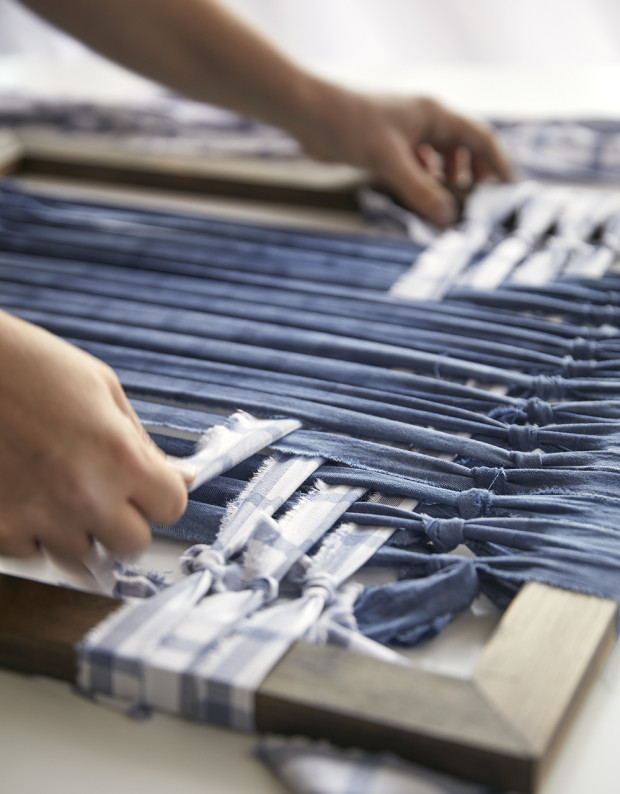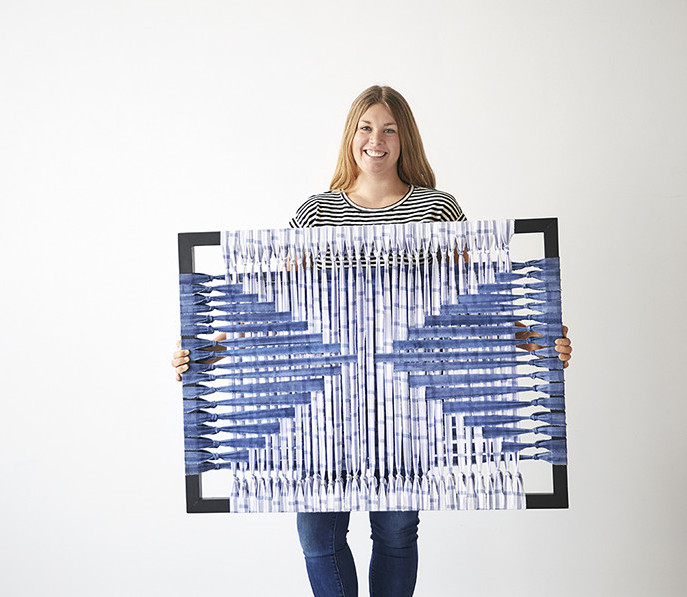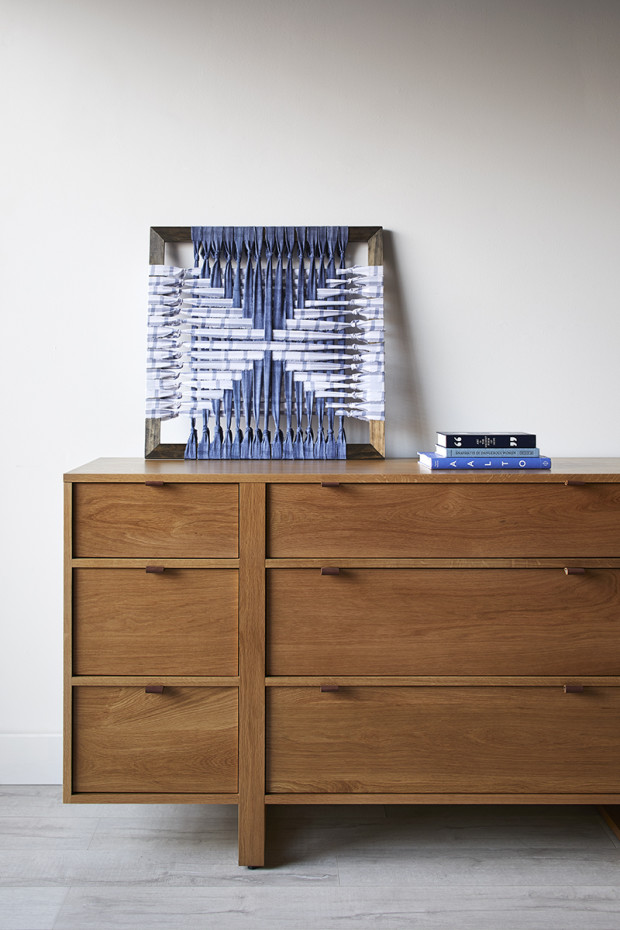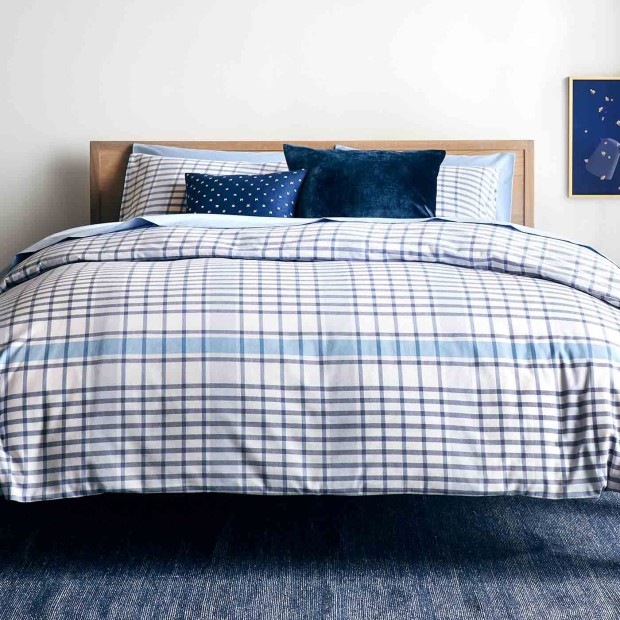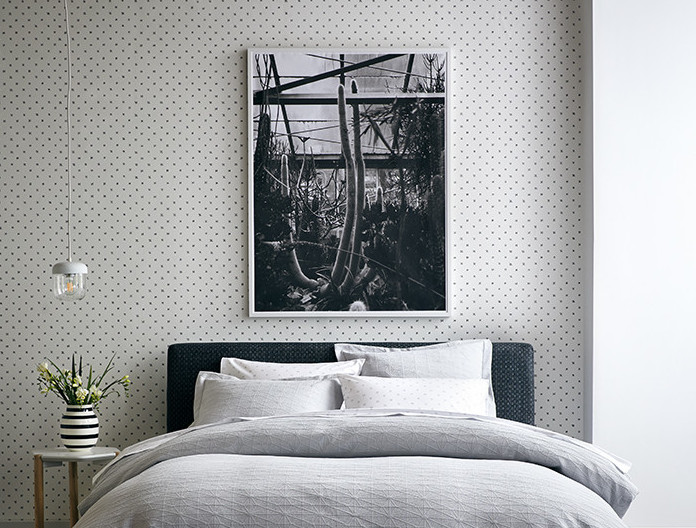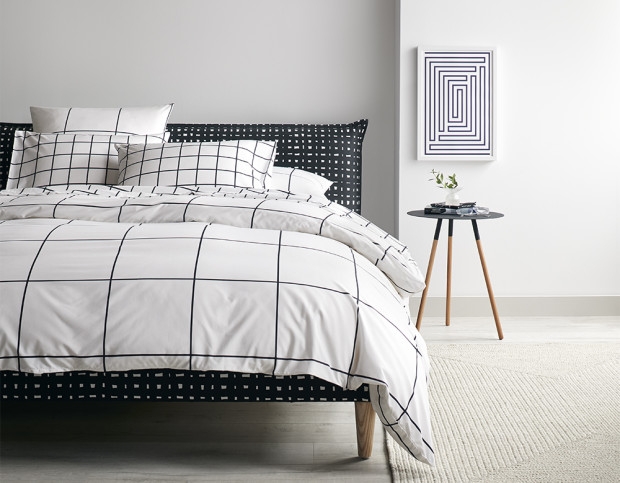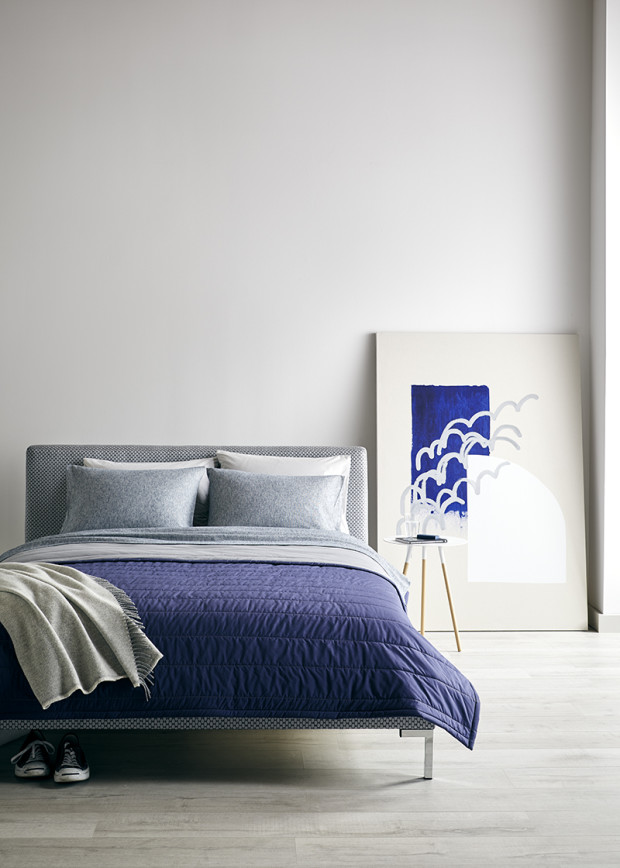One of our key values at Unison is collaboration with independent artists that share our passion for modern living. Working with illustrator and printmaker Andrew R. Wright was therefore a clear must for us. Andrew’s work has appeared in The Wall Street Journal, Wired, and The Saturday Evening Post. We knew the perfect Unison/Wright project would take his simplified but inviting forms and turn them into the Dove Natural Knit Blanket.
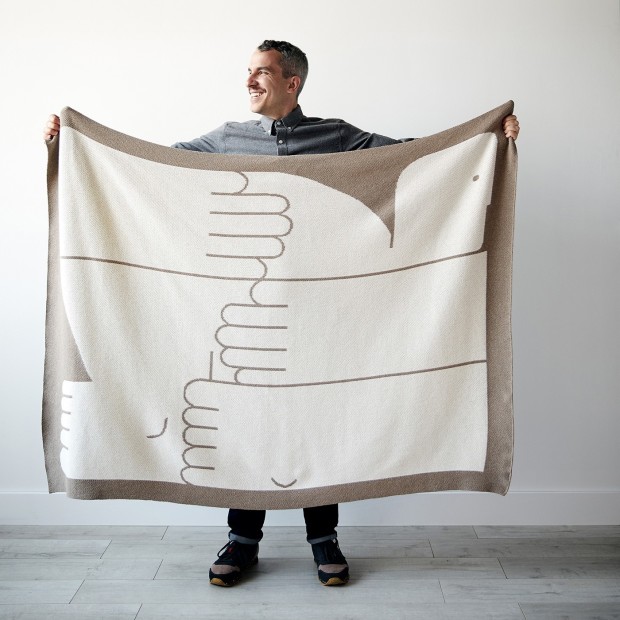
We sat down with Andrew to get deeper into what inspires him, how he works, and, of course, what his process was for developing one of our favorite products of the 2017 Unison Holiday Collection.
1. What are some key trademarks of your work?
For quite some time this was the only question that mattered to me. In a way it plagued me. I was impatiently searching for that one “thing” that would define my work and make all of the Art Directors I wanted to work with say “We need Andrew R. Wright for that!” In a way I found it with texture, shape, and gradients achieved through a mixture of printmaking techniques (mostly monotypes and block printing). But, I was miserable [because I felt stuck in one way of working]. Now, I’ve gone down a path of not trying to define what I want my work to look like, i.e. trademark. It’s an ethos that doesn’t get me a ton of illustration jobs but I feel that I can sustain a healthy output of work that I’m genuinely proud of.
Now I let the work find its own trademark and try not to fret over whether or not it feels like an Andrew R. Wright, because ultimately it will. After all, I’m the one who made it.
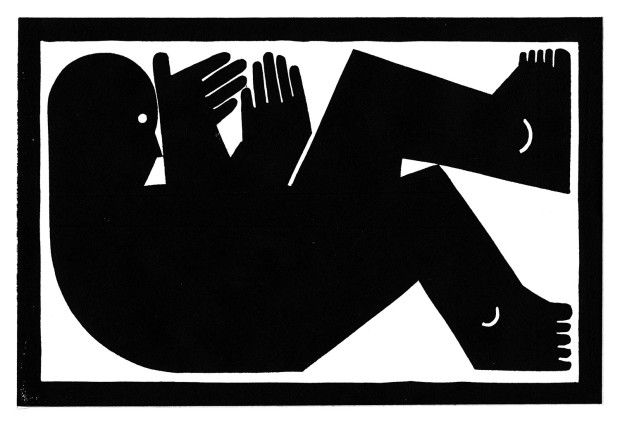
2. What about your style aligns with Unison?
Much of my inspiration comes from design. The Weiner Werkstatte, Ver Sacrum, Dieter Rams, Mies van der Rohe, and Ben Shahn. While there are exceptions within each of the groups and people listed, to me the majority of their works are about simplification of ideas presented in a way that immediately reads. Simple, but not boring. Graphic, but not cold. Immediate, but not messy. That to me is exciting. That to me is what I love about the collections that Unison puts out. The collections have an elegant simplicity, pared down to necessary but beautiful form and function.
3. What appeals to you about simplified or minimalist forms?
This answer will slightly overlap with the previous. It’s mostly about getting rid of all the stuff that does not matter to the core of the idea. Both in art and in life. I think this came from living in my first small apartment 6 years ago, having to be almost spartan-like with organization, which also lined up to my beginning obsession with Dieter Rams. I’m a firm believer that being an artist is not just producing images but also a lifestyle. Furniture is analyzed in the same way that composition is thought out. Color palettes can be seen just as quickly in a diner as they are in a series of color studies. It’s not something that gets turned on and off. It’s a constant (that can be incredibly annoying!).
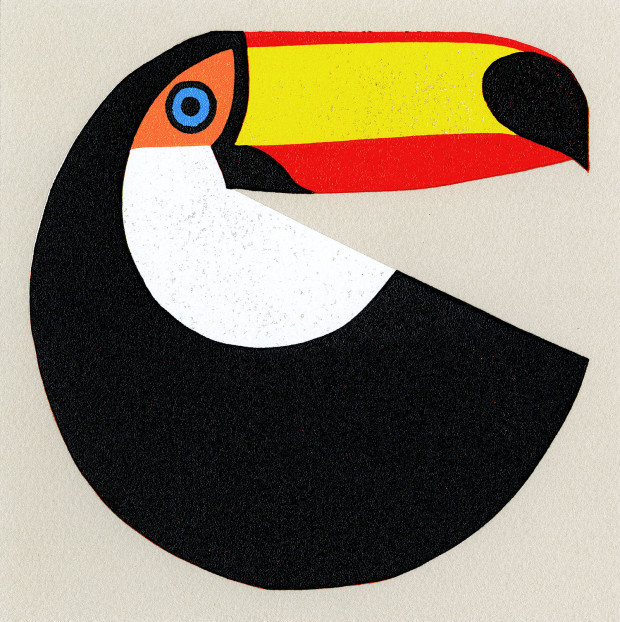
4. How would you describe your process?
Be it my new curiosity with paper mache sculptures or a simple menu for a dinner party, everything starts with writing and thumbnail sketches. Sometimes it’s one sentence and one thumbnail. Other times it’s a novel’s worth of writing and 10 pages of drawings. I can never really tell how an idea will solve itself. The rest of the process will vary depending on what the final piece is.
I will outline my process for block prints, which is what the Dove Blanket was produced from:
From the rough drawings and writing, I typically do a refined drawing depending on the work at hand. It then gets scanned and flipped to ready for transfer to a linoleum block. I cut one block per color depending on the image’s complexity. The drawing is transferred and the blocks are cut. I have a Takach table top etching press that is my lifesaver at this point. Layers are printed in order of lightest to darkest. There are a lot of intricacies within each of those steps but out of respect for anyone who has read this far, I’ll leave it at that.
5. What inspired the blanket’s design?
Simplification was the main point. Big surprise, right? It came from a series of envelopes that I had been producing for various mailers to Art Directors. The series revolves around making figures fit in to a pre-defined shape with extreme simplification while still communicating the fact that they’re figures.
I have to hand it to Robert, Alicia, and Jamie for seeing the potential of that tiny piece translating so well into a 50 x 60 knit blanket. It’s one of my favorite things I’ve made to date!
